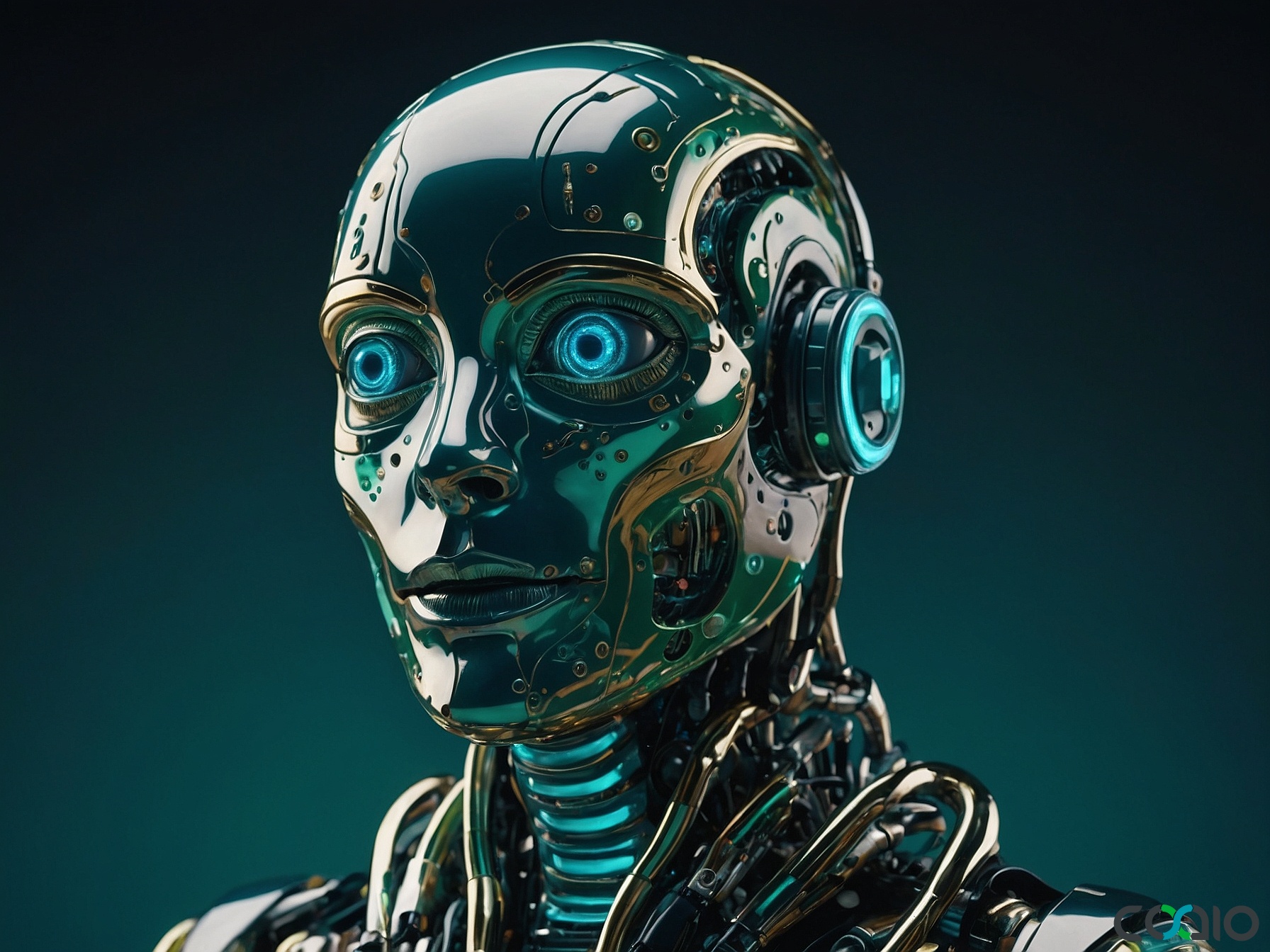
Revolutionizing Software Development: Key Innovations and Investments Shaping 2025
In the fast-paced world of technology, software development continues to evolve at an unprecedented rate. As of August 19, 2025, recent announcements from major players highlight groundbreaking advancements, significant investments, and critical challenges in cross-platform compatibility, AI integration, monitoring tools, and data security. This article delves into the latest news, exploring how these developments are transforming the industry and offering insights for developers, startups, and enterprises. From virtualization technologies that bridge operating systems to massive investments fueling innovation, these stories underscore the dynamic nature of software engineering.
Cross-Platform Breakthroughs with InstallAware’s Project OS/3
One of the most exciting developments in software development this month comes from InstallAware Software, which has unveiled its innovative “Project OS/3” technology. This setup virtualization framework allows Windows binaries to run seamlessly on Linux and macOS, effectively eliminating traditional compatibility barriers. According to the announcement from SD Times, InstallAware leverages over two decades of expertise in platform-native installation technologies to create this solution Read more. This means developers can deploy applications across multiple operating systems without the need for extensive rewrites or complex emulation layers, streamlining workflows and reducing development time.
The implications of Project OS/3 are profound, particularly for teams working on cross-platform projects. For instance, in an era where remote work and diverse device ecosystems are the norm, this technology could significantly cut down on costs associated with maintaining separate codebases for Windows, Linux, and macOS. Developers can now focus more on innovation rather than compatibility issues, potentially accelerating product launches. This advancement also opens doors for enterprises adopting hybrid environments, where legacy Windows applications need to integrate with modern Linux-based servers or macOS development tools.
Moreover, this innovation highlights the growing demand for flexible software solutions in a global market. As businesses expand internationally, the ability to run applications across platforms without friction becomes a competitive edge. For startups aiming to scale quickly, technologies like Project OS/3 could mean faster market entry and broader reach, emphasizing the importance of efficient development practices in today’s tech landscape.
AI-Driven Enhancements: Progress Software’s MarkLogic Server 12
Shifting gears to artificial intelligence, Progress Software has made waves with the general availability of MarkLogic Server 12, which introduces advanced semantic search and graph Retrieval-Augmented Generation (RAG) capabilities. Announced at Ai4 2025, this release empowers organizations to integrate generative AI with their trusted data sources, ensuring more accurate and contextually relevant outputs Read more. By grounding AI in proprietary datasets, businesses can mitigate issues like hallucinations in AI models, making it a game-changer for data-intensive applications.
This update is particularly timely as AI adoption surges across industries. MarkLogic Server 12’s semantic RAG features allow for more sophisticated data querying, where AI can retrieve and generate information based on complex relationships within graphs. For software developers, this means building more intelligent applications, such as recommendation engines or predictive analytics tools, with greater precision. The technology’s ability to handle large-scale data while maintaining security and compliance standards positions it as a vital tool for enterprises dealing with sensitive information.
In the broader context, this release underscores the shift toward AI-enhanced software development. Developers are now equipped to create solutions that not only process data faster but also provide deeper insights, fostering innovation in sectors like healthcare, finance, and e-commerce. As AI becomes integral to software architecture, tools like MarkLogic Server 12 could redefine how teams approach data management, potentially leading to more personalized user experiences and operational efficiencies.
Major Investments Fueling Tech Growth: SoftBank’s Stake in Intel
Investments in the tech sector often signal future trends, and SoftBank’s recent $2 billion infusion into Intel is no exception. According to TechCrunch, SoftBank is acquiring Intel common stock at $23 per share, a move that could bolster Intel’s efforts in semiconductor manufacturing and AI chip development Read more. This investment comes at a critical time for Intel, which has been navigating challenges in innovation and market competition, and it highlights the strategic importance of hardware in advancing software capabilities.
For the software development community, this development is significant because robust hardware infrastructure underpins software performance. Intel’s focus on next-generation processors and AI accelerators could lead to faster computing, enabling developers to build more complex applications, such as real-time machine learning models or high-performance simulations. SoftBank’s involvement, known for its aggressive backing of tech ventures, may accelerate Intel’s R&D, potentially resulting in new tools that integrate seamlessly with software ecosystems.
This investment also reflects the interconnectedness of hardware and software in the tech industry. As software demands increase for edge computing and IoT applications, partnerships like this could drive collaborative innovations. Startups and growth-stage firms might benefit indirectly, gaining access to enhanced hardware that supports scalable software solutions, thereby encouraging a more vibrant development environment.
Advanced Monitoring Solutions: Sentry’s MCP Monitoring Tool
Monitoring and debugging tools are essential for maintaining software reliability, and Sentry’s launch of its MCP monitoring tool addresses this need head-on. As reported by SD Times, this new feature provides developers with enhanced visibility into MCP servers, allowing them to track errors, usage patterns, and performance metrics in real time Read more. By correlating errors with events like traffic spikes, developers can quickly identify and resolve issues, improving overall application stability.
In an age where downtime can cost businesses thousands of dollars per minute, tools like Sentry’s MCP monitoring are invaluable. This release equips development teams with actionable insights, enabling proactive maintenance and reducing the time spent on troubleshooting. For instance, in microservices architectures, where applications are distributed across multiple servers, monitoring tools help ensure seamless operations and quick recovery from failures.
The broader impact on software development practices is noteworthy. With the rise of DevOps and continuous integration, developers need tools that integrate easily into their workflows. Sentry’s offering could enhance collaboration between teams, fostering a culture of rapid iteration and high-quality releases. As software projects grow in complexity, such monitoring solutions become critical for maintaining user satisfaction and operational efficiency.
Cybersecurity Challenges: The Allianz Life Data Breach
On a more cautionary note, the software development industry must contend with escalating cybersecurity threats, as exemplified by the Allianz Life data breach affecting 1.1 million customers. TechCrunch reports that this breach, which occurred in July 2025, involved unauthorized access to sensitive data, highlighting vulnerabilities in data management systems Read more. This incident serves as a stark reminder for developers to prioritize security in their software designs.
The breach underscores the need for robust security protocols in software development. Developers must incorporate encryption, regular audits, and threat detection mechanisms to safeguard user data. In response to such events, the industry is likely to see increased adoption of zero-trust architectures and AI-driven anomaly detection, which can prevent similar incidents. For businesses, this means investing in secure development lifecycles (SDL) to mitigate risks and maintain customer trust.
This event also emphasizes the human element in software security. Training developers on best practices and fostering a security-first mindset can lead to more resilient applications. As regulations around data privacy tighten globally, software firms will need to adapt, potentially integrating advanced security features that balance usability with protection.
As we reflect on these pivotal developments in software development, it’s inspiring to consider how innovative visions can simplify the path forward. Imagine a world where groundbreaking ideas like cross-platform virtualization or AI-enhanced tools can be realized without the burdens of complex team building or resource management. This is the essence of forward-thinking approaches that prioritize efficiency and creativity, allowing founders to bring their visions to life with minimal hurdles and maximum impact.
About Coaio
Coaio Limited is a Hong Kong-based tech firm specializing in outsourcing software development and building expert teams in Vietnam. We offer comprehensive services including business analysis, competitor research, risk identification, design, development, and project management, delivering cost-effective, high-quality software solutions tailored for startups and growth-stage companies in the US and Hong Kong markets. By partnering with us, you can focus on your core ideas while we handle the technical complexities, ensuring user-friendly designs and efficient tech management to minimize risks and maximize success.
 Français
Français
 Español
Español
 廣東話
廣東話
 中文
中文
 日本語
日本語
 한국어
한국어
 العربية
العربية
 Deutsch
Deutsch
 English
English
